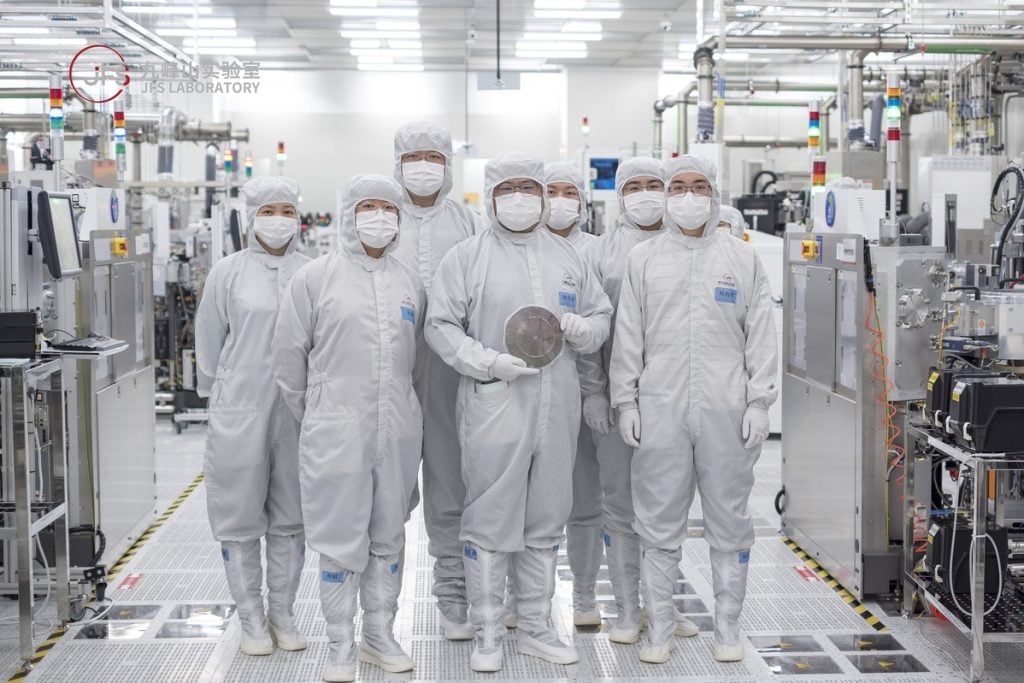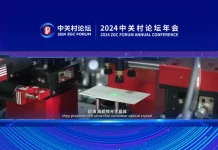Researchers at the JFS Laboratory in Wuhan, China have achieved a breakthrough in the development of high-performance photonic devices. Their innovation is a cost-effective chip that simplifies the manufacturing process for these devices.
This chip can simplify 5G communication, aerospace engineering and more
The key to this advancement lies in a technique called wafer bonding. In February, researchers successfully bonded an 8-inch silicon photonics wafer with a lithium niobate wafer. This combined structure forms a powerful new device capable of efficiently transmitting and receiving data-carrying light signals.

This technology is expected to have a huge impact on various fields. Applications include 5G wireless communication, optical communication infrastructure, and even aerospace engineering – any sector that relies on high electro-optical performance stands to benefit from this.
While the advantages of this new chip are clear, it’s important to understand why light signals are superior for communication compared to other methods. Here’s why:
- Speed: Light travels significantly faster than electricity, allowing for much quicker data transmission over long distances.
- Capacity: Light signals can carry a much larger volume of data compared to electrical signals, making them ideal for high-bandwidth applications.
- Immunity: Unlike electrical signals, light signals are not susceptible to electromagnetic interference, ensuring reliable data transfer even in harsh environments.
- Distance: Light signals experience minimal signal degradation over long distances, making them perfect for long-haul communication networks.
This research will pave the way for advancements in various technologies that rely on high-speed, reliable data transmission.
RELATED:
- The Apple Vision Pro will potentially reach 9 other countries including China, soon
- Vivo X Fold 3 Series Launch Date In China Seemingly Revealed Via Leaked Poster
- Get $100 Off on Vivo X100 Pro at Giztop
- Get $100 OFF on Xiaomi 14 Pro at Giztop (1TB Variant)
- How to hide WhatsApp chats without archive
(Via)







